
Contents
To the researchers in science
who did the hard work, and never
reaped the glory.
Complete honesty is of course imperative in scientific work.
W. I. B. Beveridge, The Art of Scientific
Investigation, 1957

 EVERY DAY AT DAWN IN THE summer of 1943, a young graduate student could be seen striding briskly across the peaceful campus of the College of Agriculture. He was short, wiry, and handsome, his sharp features focused intensely on his important mission. Even his clothes seemed an afterthought, a wrinkled white shirt and loose gray pants, worn and reworn like those of any devoted researcher surviving on a meager stipend and the excitement of his work. He came from the direction of the Plant Pathology greenhouse, where students were breeding new varieties for President Franklin Roosevelts Victory Gardens. He hurried past the dairy, with its herd of experimental Holsteins, past the poultry house, where Rhode Island Reds competed with white Leghorns for egg-laying prowess, and finally arrived at the Georgian-style Administration Building, which celebrated the proud colonial history of Rutgers University.
EVERY DAY AT DAWN IN THE summer of 1943, a young graduate student could be seen striding briskly across the peaceful campus of the College of Agriculture. He was short, wiry, and handsome, his sharp features focused intensely on his important mission. Even his clothes seemed an afterthought, a wrinkled white shirt and loose gray pants, worn and reworn like those of any devoted researcher surviving on a meager stipend and the excitement of his work. He came from the direction of the Plant Pathology greenhouse, where students were breeding new varieties for President Franklin Roosevelts Victory Gardens. He hurried past the dairy, with its herd of experimental Holsteins, past the poultry house, where Rhode Island Reds competed with white Leghorns for egg-laying prowess, and finally arrived at the Georgian-style Administration Building, which celebrated the proud colonial history of Rutgers University.
Albert Schatz, the harried student, was the first to arrive each day at the Department of Soil Microbiology. He let himself into the empty building and descended quickly into the basement laboratory. He pulled on his long white lab coat made of heavy cotton, worn haphazardly like his clothes and with a tear down one side. Then he began work on his experiments, searching for new antibiotics among the microbes he had found in the farmyard soil.
On that morning of August 23, he sat at his workbench and Then underneath, with the precision of a ledger clerk, he wrote, Control soils Nos. 2, 7A, 18A, leaf compost, straw compost and stable manure plated out on egg albumin agar. Transfer made from colonies of actinomycetes selected at random ... by casual macroscopic observation. And he added, for accuracy, Some actinomycetes obtained from plates of swabs of chickens throats ... from Miss Doris Jones.
It was the fourth summer of the world war and, although the New Jersey college farm was thousands of miles from the front lines, almost everything, even the plants in the greenhouse and the microbes in the soil, had some link to the war effort. Schatz had come to the college because he wanted to be a farmer, but now, aged twenty-three and at the start of his doctorate career, he found himself engaged in a special war-driven mission. Instead of hunting for microbes that could break down soil to make it more fertile, Schatz was part of a scientific race to find microbes capable of producing new and more powerful antibiotics. His Experiment 11 was a routine test, one of hundreds being made by other graduate students working on this nationwide project, but it would be much more than that.
By 1943, Eleven U.S. drug companies were producing penicillin, the first antibiotic, discovered by Alexander Fleming in 1928. The first vials of penicillin were being rushed to the front to treat common infections from battle wounds. But in this war, a new threat had emerged: biological weapons. Allied intelligence reported that Germany and Japan would not hesitate to use bombs and shells filled with deadly germs like anthrax, cholera, typhoid, and even the plague. Penicillin had no effect on such diseases.
The researchers best suited to the task of finding new antibiotics were not at medical schools, but at the agricultural colleges. Aggies like Albert Schatz were quite familiar with microbes from the soil that were capable of producing a chemical toxin that killed off the harmful bacteria that might be used in biological weapons. Each time they grew these microbes in a petri dish, they saw the telltale clear zones, or zones of antagonism, as they were known, killing fields measured in millimeters where one microbe battled another for space or food. If they dropped penicillin into a petri dish of typhoid bacteria or cholera or the plague, no clear zones would develop. For this job, a stronger antibiotic was needed, the kind that Albert Schatz was hoping to find.
The basement laboratory where Schatz worked was primitive and sparsely equipped, grim even by the utilitarian standards of the times. But to this determined young man it was a hideaway, a place where he could work uninterrupted. And he had volunteered for this isolation. His ambitious Ph.D. had two parts: One was to find antibiotics against cholera and typhoid; a second was to find a cure for the deadliest of all infectious diseases, tuberculosis. Over the previous two centuries, two billion people had died from tuberculosis, caused by a slow-growing, pickle-shaped microbe, Mycobacterium tuberculosis. It was highly contagious, spreading easily from a victims sneeze or spit. Known as the Great White Plague, TB cut down rich and poor alike, although in the Industrial Revolution it spread more easily in the crowded slums and factories. In wartime it spread quickly in bombed-out cities and crowded refugee camps. There was no effective cure. Doctors had tried everything from prolonged rest to fortify the bodys resistance, to drastic collapsed-lung surgery, to a range of alchemies and the new so-called sulfa drugs discovered by German researchers from industrial dyes. Albert Schatzs professor, Dr. Selman Waksman, had warned of the risks. Waksman insisted that when Schatz handled the deadly TB microbe, he must work alone in the basement and never bring the germ to the labs on the third floor.
In recent days, Schatzs laboratory had taken on the appearance of an ancient dispensary. In one corner an aging autoclave, a kind of pressure cooker used for sterilizing glassware, hissed away. Conical glass flasks contained rich dark brews of meat extract similar to gravy, a concoction Schatz used to feed his microbes. On his bench were rows of petri dishes with microbe food in agar, the jellied extract of algae that microbiologists use for growing their molds. The microbes Schatz was cultivating came from the multicolored and somewhat mysterious group known as the actinomycetes, or ray fungi. These are strange, thread-like creatures that first appeared more than four hundred million years ago. They have wispy hyphae like the tentacles of a jellyfish, half bacteria and half fungus, a sort of evolutionary link between the two. They were favorites of Dr. Waksman, and common in the farmyard soil, and they had already shown promise in producing antibiotics. They form strikingly beautiful colonies of blues, reds, and grayish greens, and in the soil they are responsible for the pleasant odor of earth after a light rain.
Albert knew where to look for them. His favorite hunting grounds included the compost heaps of moldering leaves and twigs outside Plant Pathology, and the college stables, where he filled pots of fresh horse manure. The richest for his experiments, he knew, was the freshestless than twelve hours old. Each gram of soil or compost Schatz collected was teeming with millions of different microbes, but always some actinomycetes. He diluted the soil with tap water and let drops of the mixture fall onto petri dishes containing microbial food in the jellied agar. Then he incubated the dishes and watched the actinomycetes grow. Within a few days, he had good colonies of mold in his petri dishes. Some of them were surrounded by the telltale clear zones, indicating that they might be antibiotic producers. He chose his likely candidates for their robust look and their widest zones of antagonism, like a gardener spotting a sturdy shoot, or a farmer selecting a high-yielding crop for breeding. Then he tested them for their action against known disease-producing bacteria from the same group as the typhoid and cholera germs.



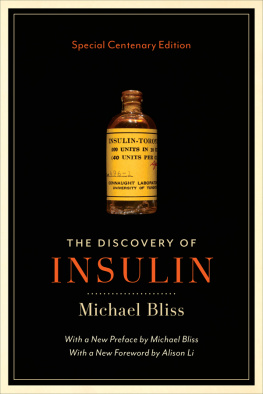
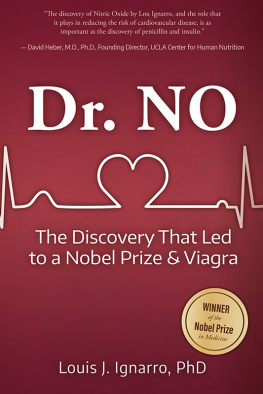
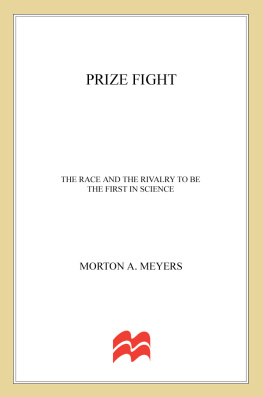
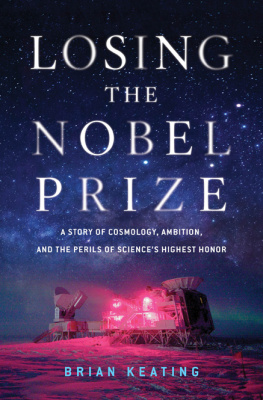
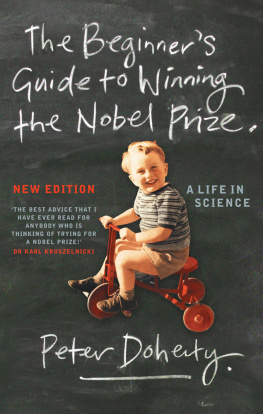
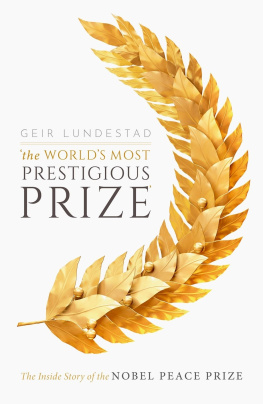


 EVERY DAY AT DAWN IN THE summer of 1943, a young graduate student could be seen striding briskly across the peaceful campus of the College of Agriculture. He was short, wiry, and handsome, his sharp features focused intensely on his important mission. Even his clothes seemed an afterthought, a wrinkled white shirt and loose gray pants, worn and reworn like those of any devoted researcher surviving on a meager stipend and the excitement of his work. He came from the direction of the Plant Pathology greenhouse, where students were breeding new varieties for President Franklin Roosevelts Victory Gardens. He hurried past the dairy, with its herd of experimental Holsteins, past the poultry house, where Rhode Island Reds competed with white Leghorns for egg-laying prowess, and finally arrived at the Georgian-style Administration Building, which celebrated the proud colonial history of Rutgers University.
EVERY DAY AT DAWN IN THE summer of 1943, a young graduate student could be seen striding briskly across the peaceful campus of the College of Agriculture. He was short, wiry, and handsome, his sharp features focused intensely on his important mission. Even his clothes seemed an afterthought, a wrinkled white shirt and loose gray pants, worn and reworn like those of any devoted researcher surviving on a meager stipend and the excitement of his work. He came from the direction of the Plant Pathology greenhouse, where students were breeding new varieties for President Franklin Roosevelts Victory Gardens. He hurried past the dairy, with its herd of experimental Holsteins, past the poultry house, where Rhode Island Reds competed with white Leghorns for egg-laying prowess, and finally arrived at the Georgian-style Administration Building, which celebrated the proud colonial history of Rutgers University.